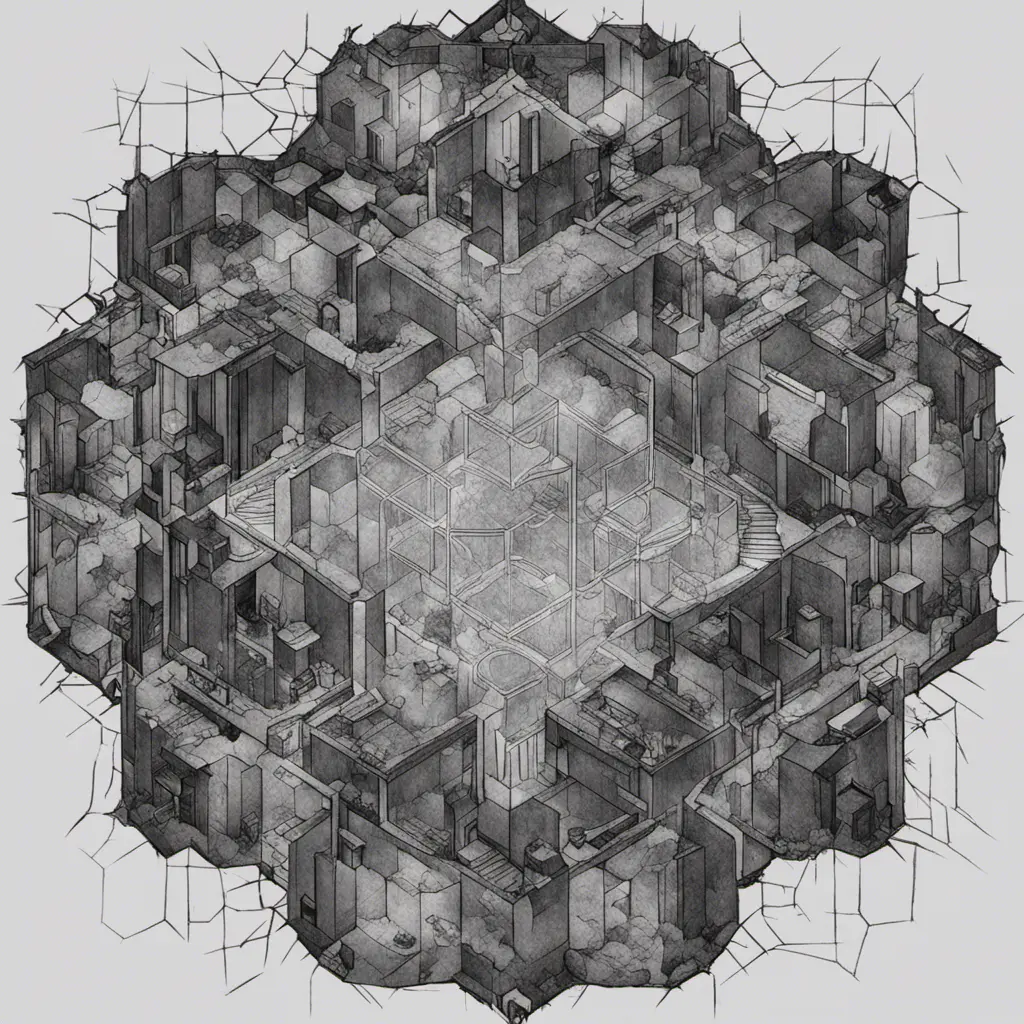- A Roman dodecahedron, a mysterious 12-sided metal object, was discovered in the village of Norton Disney in England.
- The artifact is in excellent condition and is larger than many other dodecahedrons that have been found.
- The purpose of these objects remains unclear, but theories suggest they may have been used for ritualistic or religious purposes.
Ancient Romans be like: “haha, they don’t know how to use the three dodecahedrons.”
For those that don’t know
Step 1: roll up a half orc barbarian
Step 2: wield a great axe
Step 3: roll a natural 20 on an attackNow you use the three dodecahedrons!
But a dodecahedron is a d12
Yep, and a greataxe, which is the most common barbarian weapon, uses 1d12 as damage die.
Now, a crit (natural 20 on a 20 sided die) doubles the dice and makes it 2d12, and half orcs have a feature so that they can roll an additional weapon damage die when critting on their attack, which makes it 3d12.
We have random doodads and thingamabobs that someone made specifically for people to buy and just keep on a shelf for decoration; why can’t that be true of ancient things like these? They certainly look like some random knick knack that would sit on a desk and serve no other purpose.
I still think they’re a test/show of skill for blacksmiths
Wouldn’t they melt them down to make something more useful once it was complete and their skills proven?
Machinists will often have a tuner’s cube on their desk. It does have a bit of the same feel.
We’re also in the 21st century, with an abundance of wealth and material possessions the past could only imagine. We can afford lots of useless shit laying around.
I’ve always leant towards the gloves theory myself.
If it’s a display of skill then it’s an advertisement, which is useful. Then again, I’m not an archaeologist or historian, and even if I was apparently I’d still have no clue.
As an apprentice blacksmith, yeah. I would have difficulty attempting to make that thing out of bronze, and would definitely learn more about smithing than I do now, just making the thing.
You could try making one as your next project?
Ritual purposes
Oh so no idea what they were for, got it. I can’t believe news orgs still seem not to have caught on about “ritual” artifacts…
Maybe the romans just played a lot of barbarian characters?
By the late empire, if you were playing a legion campaign it was pretty standard to run 30-40% barbarians.
I hate to break it to you, but ritual and religion have been a thing forever.
Walk into most homes today, and you’ll find a bunch of ritual objects. Crosses, Rosary Beads, Menorahs, and dozens of other every day objects that you’d never think twice about.
The ancient world had even more such objects.
A fun example that I can think of off the top of my head is the demon trapping bowl. It was common in parts of the Middle East, and how it worked is you’d write a bunch of incantations on the inside of the bowl in a spiral down to the center, and then bury it upside down under the main entrance to your home.
That’s clearly a ritual object. It serves no other purpose.
These dodecahedra might be the same. After all, there are 12 zodiac and playing with the meaning of the zodiac was quite popular in the Roman world at various times.
A bit late replying, but: Sorry, I should maybe have been more clear. This is a very well documented in-joke that I was referencing. It’s a catchall category; “Ritual” is the label given to objects that archeologists don’t have a clue what are. This is extremely prevalent, and if you ask any archeologist about it they’ll verify this.
It’s a well known joke for armchair archeologists.
For the people who work in the field, they know damn well that often times, “ritual object” is, in fact, the correct answer.
Hell, there are practical tools that were also ritual objects. Because humans can turn everything into part of a religion.
I don’t know how to tell you this, but it’s not just “armchair” archeologists that use this one. Also, jeeze, coming in excessively hostile to a reply to a 5-day-stale comment.
Ritual object is the correct answer sometimes, but I don’t think you’ve met many archeologists if you’re unaware of the scope here. There’s many reasons “ritual” became a catchall, the prevalence of modern ritual objects among them (sherds are so miserable that it destroys the capacity for humor?). But I urge you to ask some archeologists, even armchair archeologists, about mayan chicken holes sometime. Its a pretty famous example of “ritual” being proven wrong - but it hilights the extent that “ritual” is just the default explanation for all things that lack strong evidence to explain them.









